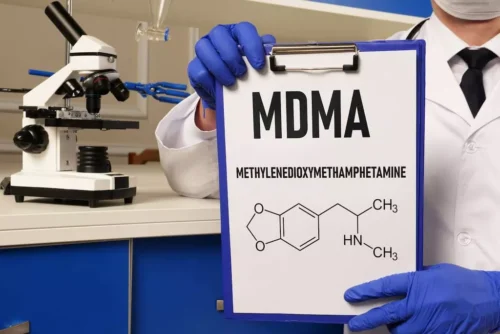Drunk Driving
The laws in many states give judges the option of placing an underage DUI offender on probation for up to a year. Conditions of probation might include random sobriety testing, attendance at a victim impact panel, or some sort of treatment program. All states have stricter DUI laws for drivers who under under the age of 21.
Effect of alcohol use on accelerating and braking behaviors of drivers
- The length of a revocation typically depends on the number of prior convictions and whether the offense involves certain aggravating factors.
- By contrast, the proportion of Hispanic drivers with positive BACs increased from 3.3 to 7.5 percent.
- From there, enzymes in your liver break down about 95 percent of the alcohol you consume.
- However, when there are aggravating factors, such as an unusually high blood alcohol concentration or an accident in which the DUI causes serious bodily injuries, many states require more jail or prison time.
- QUINCY (WGEM) – Drivers convicted of DUIs can expect fines totaling over $18,000.
- Once your BAC is at .05%, you’ll have a slower response to emergency situations behind the wheel.
Each state has its own definition of what constitutes unlawful impairment, but most require that the driver be noticeably affected by the substance or be unable to safely drive. In other words, to get a DUI conviction the prosecutor generally must prove some level of impairment (often established by statute) or that the driver’s BAC was above the legal limit. A DUI can set you back, on average, $10,000, and there could be a crash — people could get hurt or killed. Nationally, the number of consequences of driving drunk include: arrests for drinking and driving increased sharply from the late 1970s to the early 1980s, but were substantially lower in the 1990s. In addition, a recent review of 112 studies provided strong evidence that impairment in driving skills begins with any departure from zero BAC (Moskowitz and Fiorentino 2000). The authors concluded that virtually all drivers tested in the studies reviewed exhibited impairment on some critical driving measure by the time they reached a BAC of 0.08 percent.
Risks and Consequences of Drunk Driving
- Alcohol-dependent people are over-represented in all alcohol-related traffic crashes, as are those who begin drinking at younger ages.
- Currently, driving under the influence accounts for 29 percent of all motor vehicle crashes.
- Relative to nondrinking drivers, drivers in all age and gender groups examined who had BACs between 0.08 percent and 0.099 percent had at least an 11 times greater risk of dying in a single-vehicle crash.
- Despite overall marked reductions in alcohol-related traffic deaths since the early 1980s, there has been little reduction since the mid-1990s, and alcohol-related traffic deaths have increased slightly in the past 3 years.
A person at this level experiences a loss of coordination, impaired balance, and problems focusing. Within a few seconds after ingestion, alcohol reaches the liver, which begins to break it down, or metabolize it. Any BAC measurement therefore reflects not only a person’s drinking rate but also his or her rate of metabolism. Take our short alcohol quiz to learn where you fall on the drinking spectrum and if you might benefit from quitting or cutting back on alcohol.
Jail or Prison Time
In 2002, 41 percent of the drivers killed in crashes were killed in alcohol-related crashes, compared with 37 percent of passenger deaths and 47 percent of pedestrian deaths. Of all pedestrian deaths, 17 percent involved a driver who had been drinking and 38 percent involved a pedestrian who had been drinking. In 7 percent of pedestrian deaths, both the driver and the pedestrian had been drinking (NHTSA 2003f ). Penalties that you may face if you are convicted of a DUI can include imprisonment, fines, mandatory alcohol assessment and treatment, community service, and probation.
Types of DUIs
Alcohol and aggression are closely linked, with alcohol intoxication being a factor in nearly half of all violent crimes. Alcohol can alter the activity of the prefrontal cortex, which is linked to impulse control. This can increase the risk of rash behavior and reactive aggression. Alcohol impairs your coordination when you reach a BAC of .05%, or about three drinks. By four drinks, or a BAC of .08%, overall muscle coordination deteriorates.
In 2022, 13,524 people died in alcohol-impaired driving traffic deaths. Arizona, Georgia, and Tennessee drunk driving laws have mandatory jail time for a first-time DWI charge. For some states, like Texas, DUI includes https://ecosoberhouse.com/ jail time and steep maximum fines as high as $2000 for first-time offenses and about $4000 for second-timers. The terms DWI vs DUI are often used interchangeably and construed to mean the same offense.



